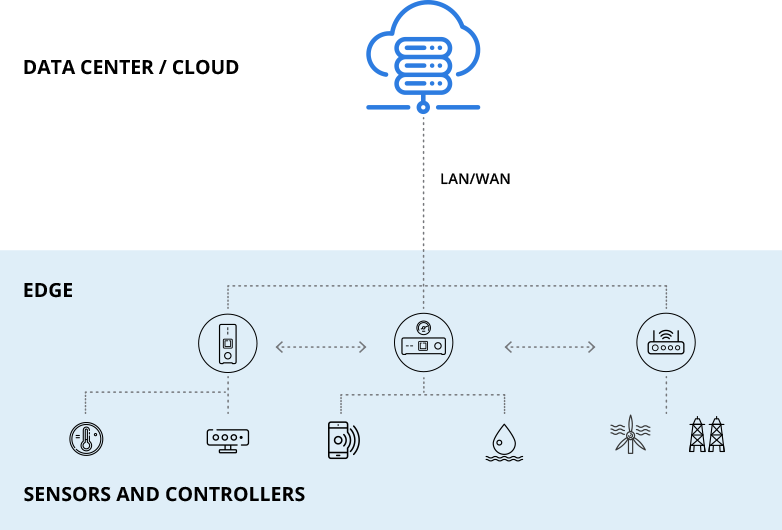Taking Advantage of Edge Computing
Streaming Data from the Network Edge
White Paper
Companies are increasingly generating huge volumes of data at the network edge. Many teams want to use data streaming from the edge to better understand their business. However, it’s not always practical to transmit these growing data volumes from the edge into a centralized data center for processing or analysis. Nor is it easy to process data near the location where it is created, as these edge environments often lack space for computer hardware, or using the available space comes with a big opportunity cost.
Choose a Technology Built for Edge Computing
To gain maximum business value from IoT data, companies should look for a real-time event-streaming solution that enables edge computing. Rather than solely relying on a centralized data center, companies should explore ways to push the compute layer closer to the data sources. This lets them reduce the bottleneck of slow/limited networks, and derive actionable insights in real time. An ideal IoT processing platform includes the following capabilities and features.

Edge computing matters because it increases the speed and effectiveness at which businesses can respond to information. Consider the analysis of sensor data that is generated at a remote equipment site to monitor the status of the equipment.
Read this white paper from RTInsights to get a better understanding of how you can take advantage of edge computing and create a cost-effective, distributed architecture that provides new opportunities for competitive advantage.